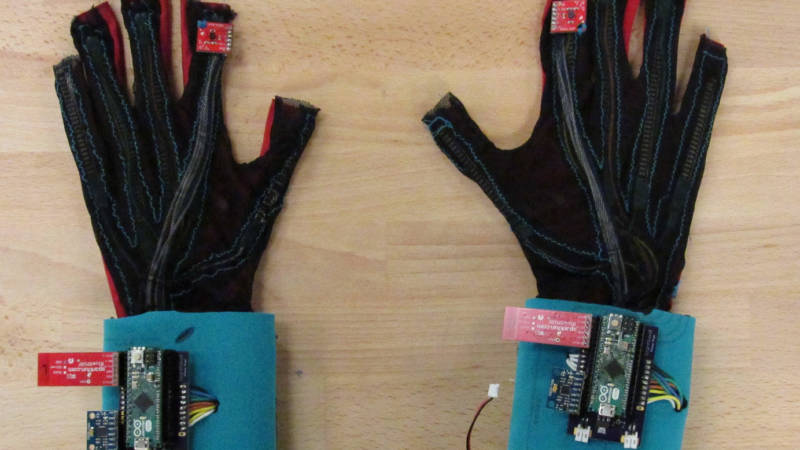For years, inventors have been trying to convert some sign language words and letters into text and speech. Now a pair of University of Washington undergraduates have created gloves called SignAloud. Sensors attached to the gloves measure hand position and movement, data is sent to a computer via Bluetooth, and it's then converted into spoken word and text.
Theirs is one of seven inventions recently awarded a Lemelson-MIT Student Prize, with awards ranging from $10,000 to $15,000.
Inventors Navid Azodi and Thomas Pryor, both college sophomores, say the gloves will help create a communication bridge between deaf and hearing communities. The gloves, they say, will help deaf people better communicate with the rest of the world without changing the way they already interact with each other.
However, the invention has been met with criticism that the bridge they want to create goes only one way — and it's not necessarily one the deaf community has been clamoring for.
"A lot of the feedback that we've been receiving goes down to this idea that we are not understanding the culture — there's a whole deaf culture around this — and by no means are we trying to interfere or impose something in that culture or community," Azodi tells NPR's Renee Montagne.

9(MDAxOTAwOTE4MDEyMTkxMDAzNjczZDljZA004))
